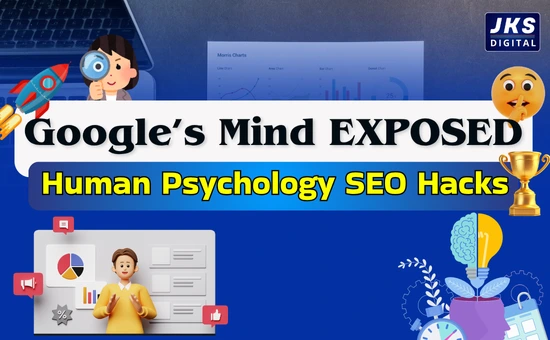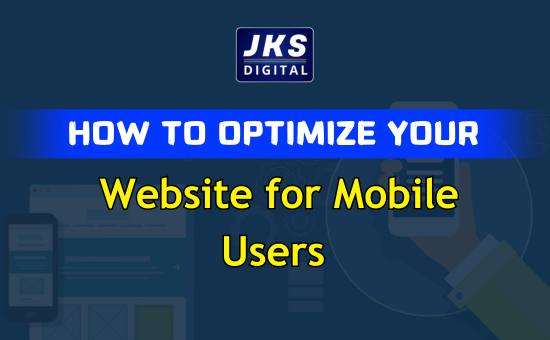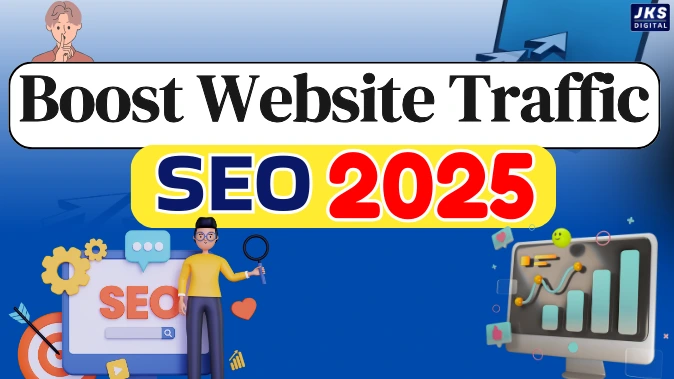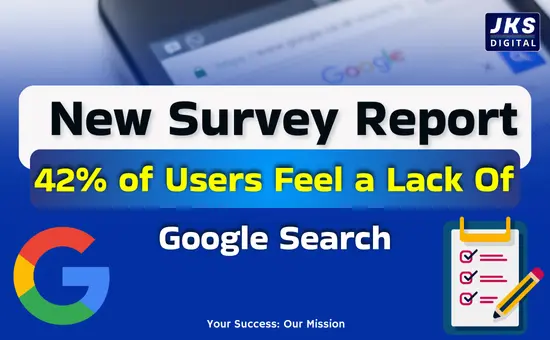How to rank websites on Google:- In today’s digital world, SEO (Search Engine Optimization) is not limited to just keywords and backlinks. If you are still focusing only on technical SEO and thinking that this will rank your website on Google, then your thinking is incomplete.

Now Google doesn’t just look at how many keywords you used or how many backlinks you built. It also looks at how your content impacts humans, how they react to it, and whether the information you provide is relevant to their behavior and intentions. This is where Human Psychology based SEO comes into play.
In this article, we’ll explore how you can use the principles of psychology to achieve lasting SEO success — and how this approach can help you stand out from the crowd.
1. Use of Curiosity Gap – When the user is forced to click himself
Have you ever wondered why certain titles make you wonder “what’s inside?”
This is because of the Curiosity Gap — information that is deliberately presented incompletely so that the brain clicks to fill in the gaps.
This technique is not just a way to increase clicks. It signals to Google that your content is engaging users, which increases CTR (Click Through Rate) and improves rankings.
Example:
- SEO Tips” instead of “90% people make this common mistake in SEO – are you doing it too?”
- “Google Algorithm Explained” instead of “How does Google think? 5 things that even SEO experts don’t know”
2. Give priority to Behavior Signals – User behavior has more impact than keywords
Google’s main goal is to provide a better experience. That’s why it looks at what the user did when he visited your site:
- How long he stayed on the page (Dwell Time)
- Whether he left the site immediately or not (Bounce Rate)
- Whether he opened further pages or not (Pages per Session)
Through these signals, Google understands how useful your content is for humans. How much people are liking your content
work ethic:
- Make the content scannable: short paragraphs, headings, bullets
- Give the important information up front — without a twist
- Ask questions in between to keep the user’s attention\
3. Visual Hierarchy and Formatting – The brain doesn’t read, it scans
The human brain processes information in blocks, not lines. That’s why website design and content formatting is an important psychological aspect of SEO.

Google also looks at whether the information on your site is quick and easy to find. Or whether the user is wandering around your site.
Measures to be implemented:
- Provide headings every 100–150 words
- Bold important sentences or words
- Provide appropriate spacing between text
- Add supportive images or graphics where needed
All this together not only improves UX (User Experience) but also helps in SEO.
4. Storytelling and a personal touch – share experiences, not just information
The oldest communication method humans have used is storytelling. We connect more with stories than with data.

When you incorporate storytelling into your SEO content, you create an emotional connection with your users. This connection signals to Google that your website is living and human-centered, not just technical.
Example:
- “I 3xed my website traffic in 3 months — here’s my method”
- “A small business’s SEO mistake that cost them 70% of their traffic”
Such experiences not only seem real, but also make the reader feel that you are credible.
5. Emotion-Based Content – When words evoke emotions
SEO is not just a process of logic or providing information. It is also related to emotions. If a title or paragraph evokes emotions like fear, curiosity, surprise or hope, the user feels more connected. Google’s goal is to direct the user to a page that satisfies his or her inner need.
Some Emotion Triggers:
- Fear: “If you don’t do these 3 things, Google may penalize your site”
- Surprise: “No expert will tell you this SEO trick”
- Hope: “Just 2 changes and your website will start ranking”
Read Also:- 15 Benefits of Digital Marketing 2025: A Game-Changer for Businesses
6. Understanding Search Intent – Know the purpose behind them, not just keywords
There is some intent behind every search query. When you identify this intent and create your content accordingly, Google considers you Highly Relevant.
For example:
| Search Query | User Psychology |
|---|---|
| “Best SEO tool” | Wants to compare options (Comparison Intent) |
| “How to increase traffic” | Looking for a solution (Problem-Solving Intent) |
| “SEO course free” | Doesn’t want to spend money (Budget Conscious) |
Solution:
In each content piece, think about what question or emotion the user might be having at that moment — and answer accordingly.
Read Also:- What are HTTP Error Codes? Complete information about all error codes from 1xx to 5xx
conclusion:
Now SEO isn’t just Search Engine Optimization — it’s also Searcher Emotion Optimization.
When you create content that understands how humans think, feel, and behave, Google considers you relevant, engaging, and authoritative. And then your website doesn’t just rank — it becomes a brand.
Do you want your website to stay on Google for a long time and get more traffic?
So don’t limit yourself to just technical SEO. Understand human thinking, recognize their needs – and that’s what Google likes the most.





